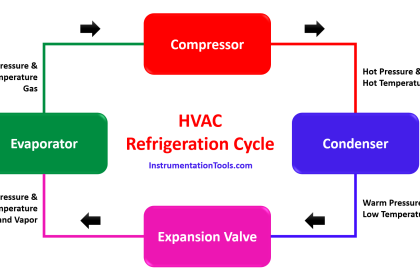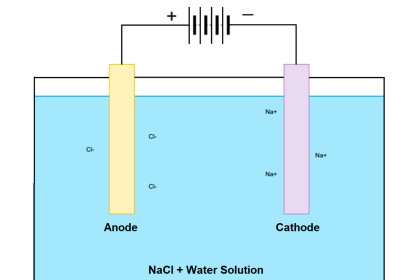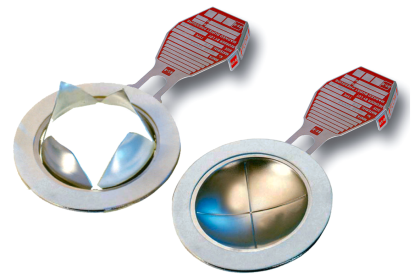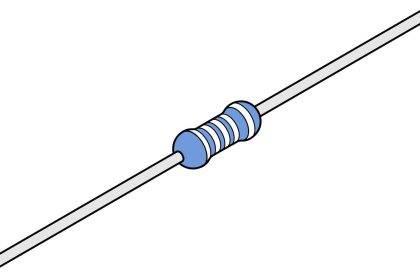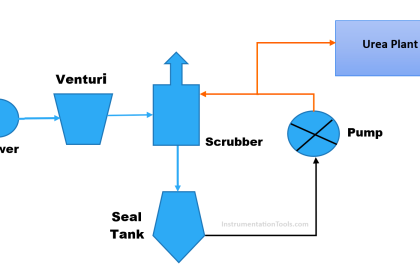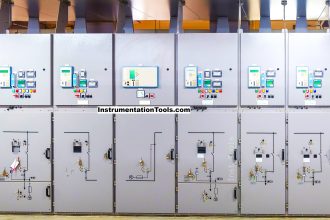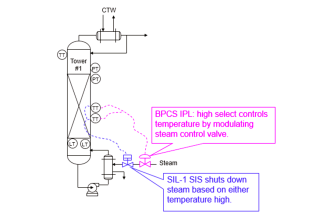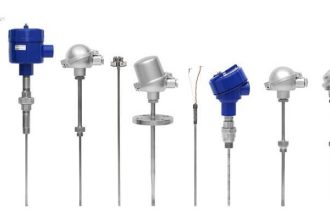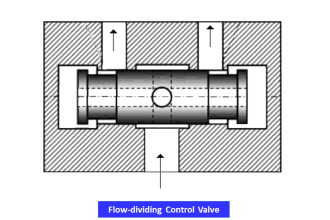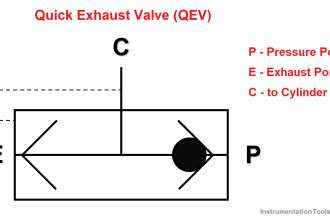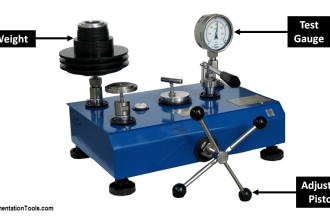In software development, test automation is relevant in maintaining test data, and executing and analyzing test results for enhanced software quality.
The automation in single sprints works in a compressed cycle and automated regression test to save time and effort as well as cost. The entire process from creation to implementation and performance reporting of a software product happens in one sprint.
Most organizations prefer using test automation to manual automation as it requires using software to control execution and compare the actual outcome of the test over the predicted one.
Role of Test Automation
Some of the benefits of test automation include providing quality, limited project costs, and limiting testers from performing difficult tasks. Impressively, in-spring automation testing makes it more easier for developers to maximize all these benefits
In this article, we will discuss what is automated testing and the entire role of test automation in a single sprint with these five simple steps.

1. Check-in-code Early
Checking code is the responsibility of all team members. Checking the code within the sprint is important and shouldn’t be done only when it becomes a bottleneck- the effect of the problem. Instead of looking at the main problem.
Often, developers wait till the end of the sprint to check in completed features to avoid affecting others too early and avoid getting blamed for breaking the build. But this can lead to other problems like loss of work, inability to access previous work, and lack of enough testing time.
For this reason, it is important that developers start deploying code early to the test environment and within the sprint. It also makes it easy for testers to write automated test components and always build the component and test as more features are deployed.
2. User Stories Should Be Granular
The second step is to have granular user stories. It should be set in a way it can be developed, automated, tested, and delivered in a single sprint.
The user stories shouldn’t be lengthy and complex, as it will be difficult to achieve a successful sprint.
3. Automate the Requirements, Not Test Cases
The next process is to automate the requirements. Most teams automate test cases after the end of the sprint.
But for successful in-sprint automation, the team should ensure the automation testing of the requirement within the sprint, and not in the test case after the sprint is over.
4. Follow the Test Pyramid
The test pyramid by Mike Cohen is one of the best ways to create an automation strategy. The unit test is located at the bottom of the pyramid, followed by the API test and the least is the UI test at the top.
Most of the bulk of the test takes place at the bottom of the pyramid. The majority of what occurs at the top is creation cost, execution time, and maintenance.
Functions of Test Automation
By focusing on unit tests first, businesses plan for better coverage of their automation processes. Here are some more details of the function of each test.
Automating Unit Tests
The unit test is what makes up the majority of test automation within a sprint. It forms the base of the automation and is written using the same programming language as the application.
Unit tests are written using the same programming language. The test can be written fast and can generate quick feedback also on code quality.
When you skip the unit test, you won’t get to detect the functionality until the app is complete. Then it will already be too late and you will need to start over, spending more resources.
Automating API Tests
API testing helps you confirm the main logic of the program. It also makes it easy to automate within the same sprint, making it easy to test the application even when the UI is incomplete.
However, in a case when you prioritize the UI first, it becomes more difficult to fix the problem.
Automating UI Tests
The UI is the highest part of the pyramid, and the most difficult to automate. It takes lots of sprints to complete it which is why developers work on the other aspects first in order to lay a stable foundation to work on.
So, developers can concentrate on the UI without worrying about other aspects.
5. Test-Driven Development (TDD) & Behaviour Driven Development (BDD)
The TDD concentrates on testing first. The developers first use the written test before working on the code. The goal is to ensure that the test helps to define the inner code.
Although it seems counterintuitive, it is a method preferred by various developers. Developers develop codes inline with the test cases with the idea of passing the test cases.
The BDD is similar to TDD as developers have to write a test code first. But it focuses on business values as it helps developers align with business strategies.
Final Thought
The role of test automation in a single sprint cannot be emphasized. It is one of the main factors for driving for any digital organization.
Even though it may seem difficult, with time you can become more efficient if you engage in the right actions and maintain the course.

